Fiber, a vital micronutrient, is indispensable in maintaining your overall health. This essential dietary component is divided into two distinct categories: soluble and insoluble fiber, determined by their solubility in water. These two fiber types serve unique functions but collaboratively support numerous crucial bodily processes. Understanding the dynamic interplay of these fiber varieties is essential for optimizing your well-being. In this blog, we’ll take a closer look at fiber, unravel the disparities between soluble and insoluble fiber, discover the sources to incorporate into your diet, and gain insights into their respective importance in promoting a healthier you.
Fiber
Fiber is a crucial component of a healthy diet, which is fundamental in maintaining overall well-being. It is a carbohydrate found in plant-based foods that the human body cannot digest or absorb, but it serves numerous essential functions. Some common high-fiber foods include fruits (especially the ones with edible peel), vegetables, whole grains, legumes, and nuts.
One of its key roles is promoting digestive health. Fiber adds bulk to stool, which aids in regular bowel movements and prevents constipation. It also supports a healthy gut by nourishing beneficial gut bacteria, contributing to a balanced and thriving microbiome
What is Soluble Fiber?
Soluble fiber, as the name suggests, dissolves in water and forms a gel-like substance in the digestive tract. This substance travels down the GI tract, where the gut microbiota ferments it to support their growth.
Sources of soluble fiber
- Flaxseeds
- Passion fruit
- Apples
- Peaches
- Corn
- Kidney beans
- Tofu and tempeh
- Sweet potato
- Broccoli
Benefits of soluble fiber
-
Supports the growth of gut flora
Within your gut resides a vast community of millions of beneficial bacteria, actively involved in a spectrum of vital functions ranging from bolstering your immune system to facilitating the digestion process. Just like any other living organism, these gut bacteria require food for their survival. Soluble fiber, in this context, acts as a prebiotic—a nourishing source for these microorganisms. The bacteria can ferment soluble fiber, effectively utilizing it as their primary food source. This intricate process of fermentation is paramount to their continued existence and the harmonious functioning of your gut ecosystem. While it's true that some individuals may experience occasional bloating as a result of this fermentation, it's important to emphasize that, in the broader context of gut health, this ongoing symbiotic relationship between soluble fiber and gut bacteria is a profoundly beneficial and integral process. -
Stabilizes blood sugar levels
Fiber stabilizes blood sugar levels by slowing the digestion and absorption of carbohydrates, creating a gradual release of glucose into the bloodstream, thus preventing rapid spikes in blood sugar after meals. Additionally, fiber-rich foods typically have a lower glycemic index, leading to a more controlled increase in blood sugar. -
Improves satiety, thus reducing the calorie intake
Soluble fiber can absorb water and form a gel-like substance in the digestive tract. This gel expands in your stomach, creating a feeling of fullness and satiety. As a result, you're likely to eat less and consume fewer calories, which can support weight loss efforts by reducing overall calorie intake.
What is Insoluble fiber?
Insoluble fiber is dietary fiber that does not dissolve in water. It is found in the cell walls of plants, particularly in the outer skins of grains, fruits, and vegetables. Unlike soluble fiber, which forms a gel-like substance when mixed with water, insoluble fiber retains its structure and doesn't absorb water. It has a different role—adding bulk to the stool and pushing it out of your system.
Sources of insoluble fiber
- Wheat bran
- Oat bran
- Flaxseeds
- Berries
- Kidney beans
- Grema peas
- Okra
- Spinach
- Coconut
Benefits of insoluble fiber
-
Prevent constipation
Insoluble fiber adds bulk to the stool, which can help prevent and alleviate constipation by promoting regular bowel movements. It provides a laxative effect by speeding up the passage of food through the digestive tract. -
Reduces cravings
Insoluble fiber induces a feeling of fullness, which helps you crave less for mid-meal snacks. Overcoming these cravings is what most people find difficult when reducing their weight. -
Adds no calories
Dietary fiber has zero calories, making it a perfect choice for weight-loss enthusiasts. It is a win-win situation. You feel full, but you’re also adding fewer calories to your body.
Which fiber is more important for you?
So, which type of fiber is better for you? Both soluble and insoluble fiber are equally important; one helps you care for your gut, while the other improves digestion and relieves constipation. Both are equally helpful in reducing weight. Hence, you must eat a lot of raw veggies like cucumbers, carrots, etc., to increase your fiber intake.
How to increase fiber intake in your diet
Dietary fiber supplements
The most efficient way to ensure proper fiber intake in your diet is through insoluble and soluble fiber supplements. Having daily fiber supplements ensures that your body gets the amount of fiber it needs in a day. It can help you stay full during long working hours and also help you lose weight.
Have some flaxseeds every day
Flaxseeds are a good source of dietary fiber, and they also contain omega-3 fatty acids. Having about a spoonful of flaxseeds every day can help you take care of your gut while also preventing digestion.
Go for whole-grain bread instead of white bread
If you frequently have bread, you should skip regular white bread and switch to multigrain bread.
Always have a fair portion of salad on your plate
You need to have a good portion of raw salad and veggies on your plate. For easier understanding, you can divide your meal plate into four parts. Fill 1 part of the plate with raw salad and 1 with some veggies dish.
Wrapping up
While not digested, soluble and insoluble fiber plays a pivotal role as a vital macronutrient. It enhances stool bulk, fosters satiety, reduces caloric intake, acts as a prebiotic to nourish gut health, and maintains stable blood glucose levels. Embracing this remarkable nutrient is your gateway to a healthier, more vibrant lifestyle.
Which is better: soluble fiber or insoluble fiber?
- Both soluble and insoluble fiber play important roles in a healthy diet, and one isn't necessarily better than the other. Soluble fiber dissolves in water, forming a gel-like substance that can help lower cholesterol and regulate blood sugar levels. Insoluble fiber, on the other hand, adds bulk to the stool and helps prevent constipation. When considering soluble fiber vs insoluble fiber, it's best to include a balance of both in your diet to support overall digestive health and wellness.
Which fiber is harder to digest?
- Insoluble fiber is harder to digest because it doesn't dissolve in water and passes through the digestive system relatively intact. This property helps add bulk to stool and promotes regular bowel movements. In contrast, soluble fiber is more easily broken down in the gut, forming a gel that can slow digestion. When comparing soluble fiber vs insoluble fiber, insoluble fiber’s resistance to digestion is key to its role in preventing constipation.
Can soluble and insoluble fiber help with weight loss?
- Yes, both soluble and insoluble fiber can aid in weight loss. Soluble fiber slows down digestion, helping you feel fuller for longer and reducing overall calorie intake. Insoluble fiber adds bulk to your diet, which can promote satiety without adding extra calories. When considering soluble fiber vs insoluble fiber for weight loss, a combination of both can be effective in managing appetite and supporting a healthy weight.
How do soluble and insoluble fiber affect gut health?
- Soluble fiber and insoluble fiber both contribute to gut health but in different ways. Soluble fiber feeds beneficial gut bacteria, promoting a healthy microbiome, while also helping to regulate blood sugar levels. Insoluble fiber adds bulk to the stool, aiding in regular bowel movements and preventing constipation. In the debate of soluble fiber vs insoluble fiber, both types are essential for maintaining a healthy and balanced digestive system.
References:
https://draxe.com/nutrition/soluble-fiber-foods/
https://draxe.com/nutrition/insoluble-fiber/
https://journals.sagepub.com/doi/pdf/10.1177/147323000903700101
https://health.clevelandclinic.org/whats-the-difference-between-soluble-and-insoluble-fiber/







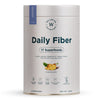
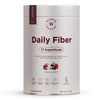
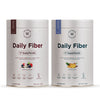










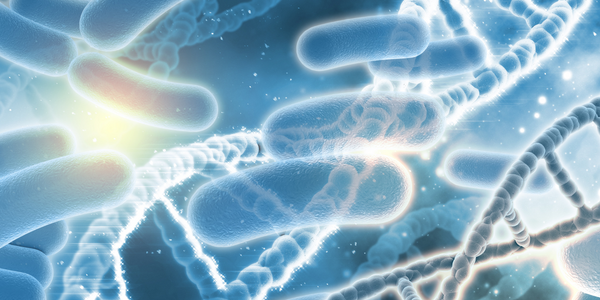

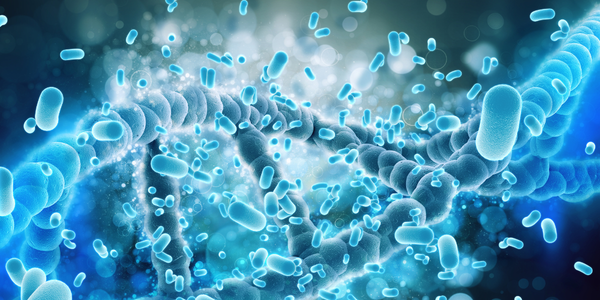
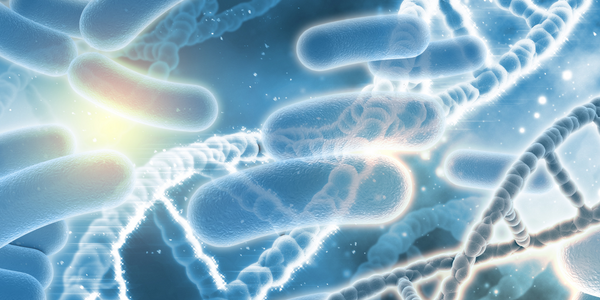






 DOWNLOAD NOW
DOWNLOAD NOW

Leave a comment